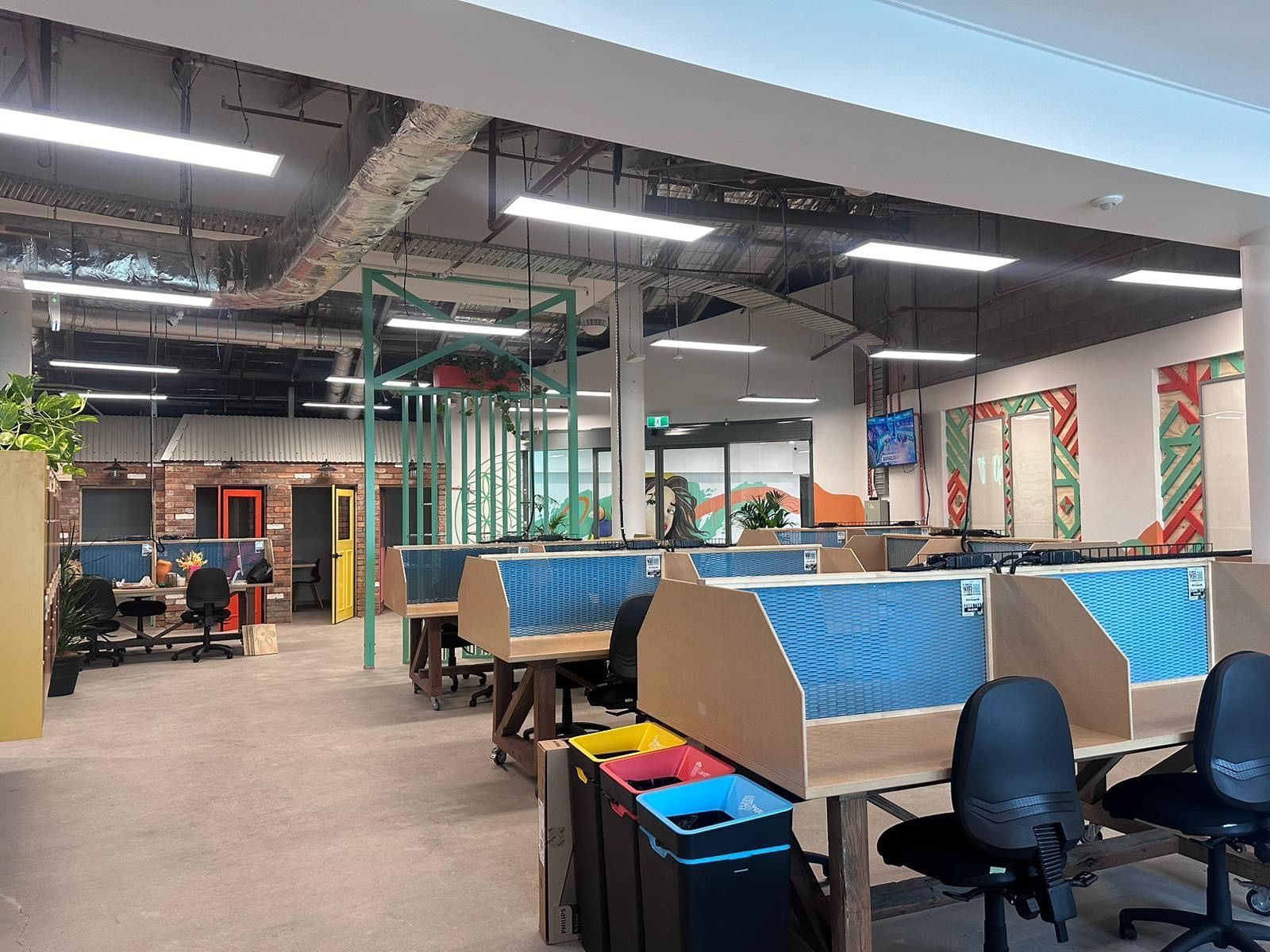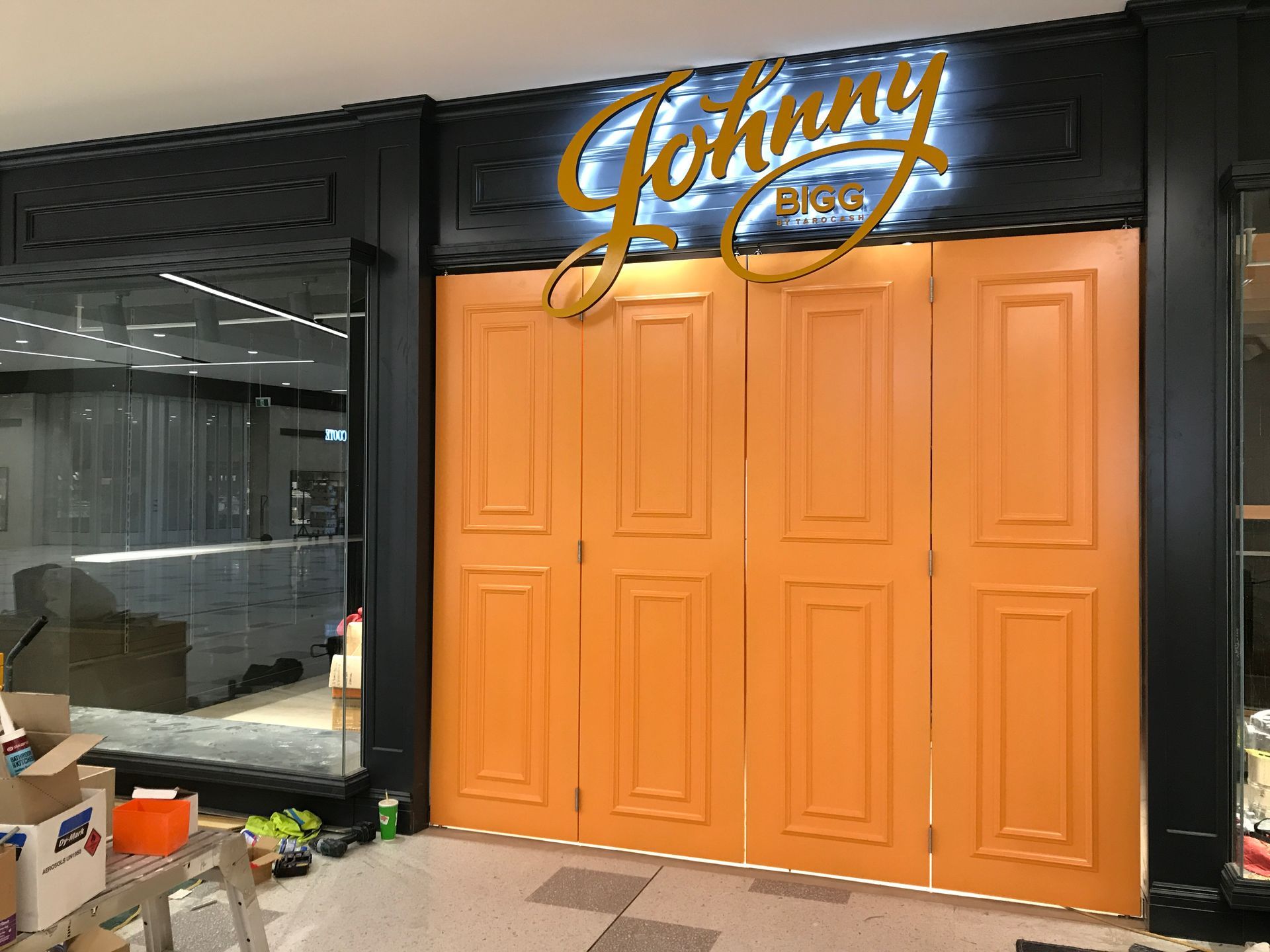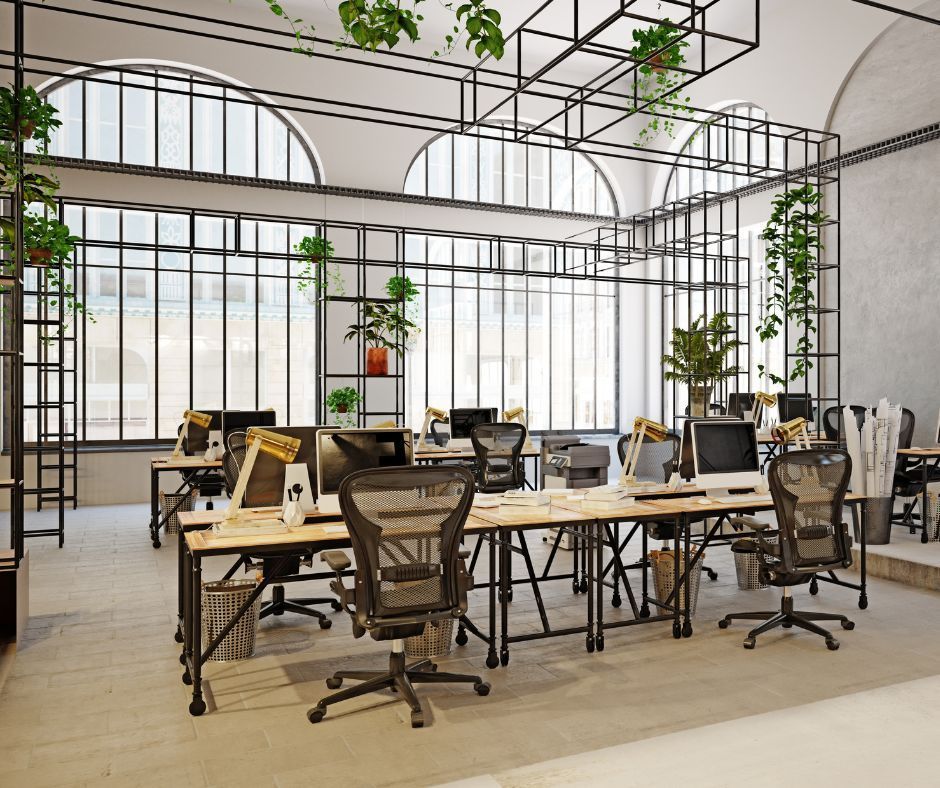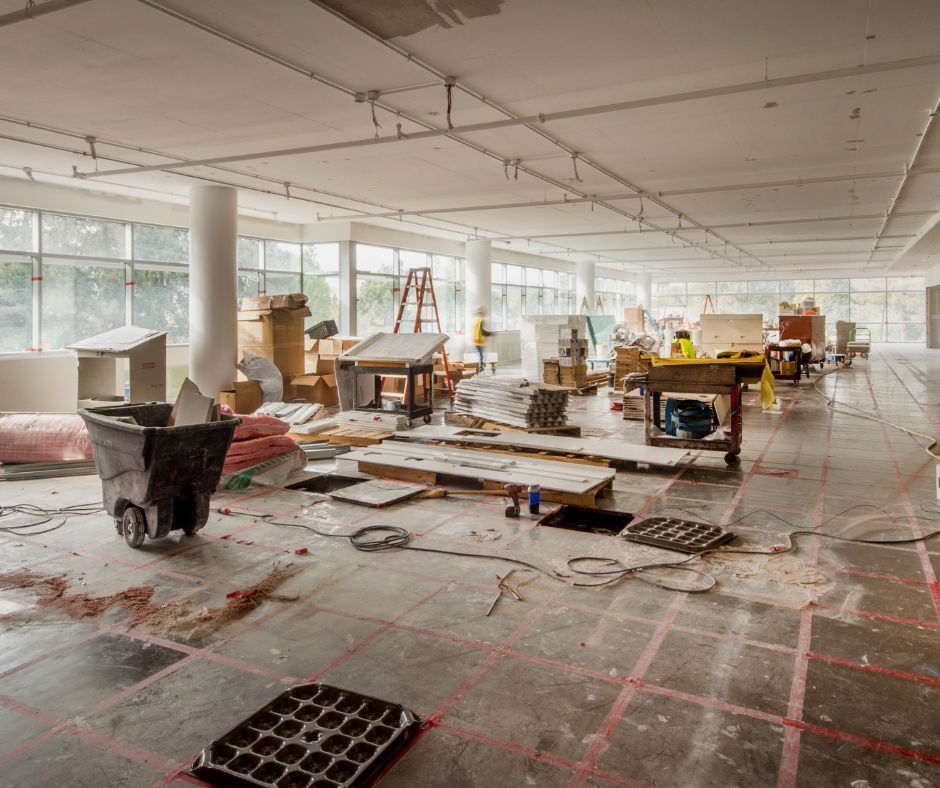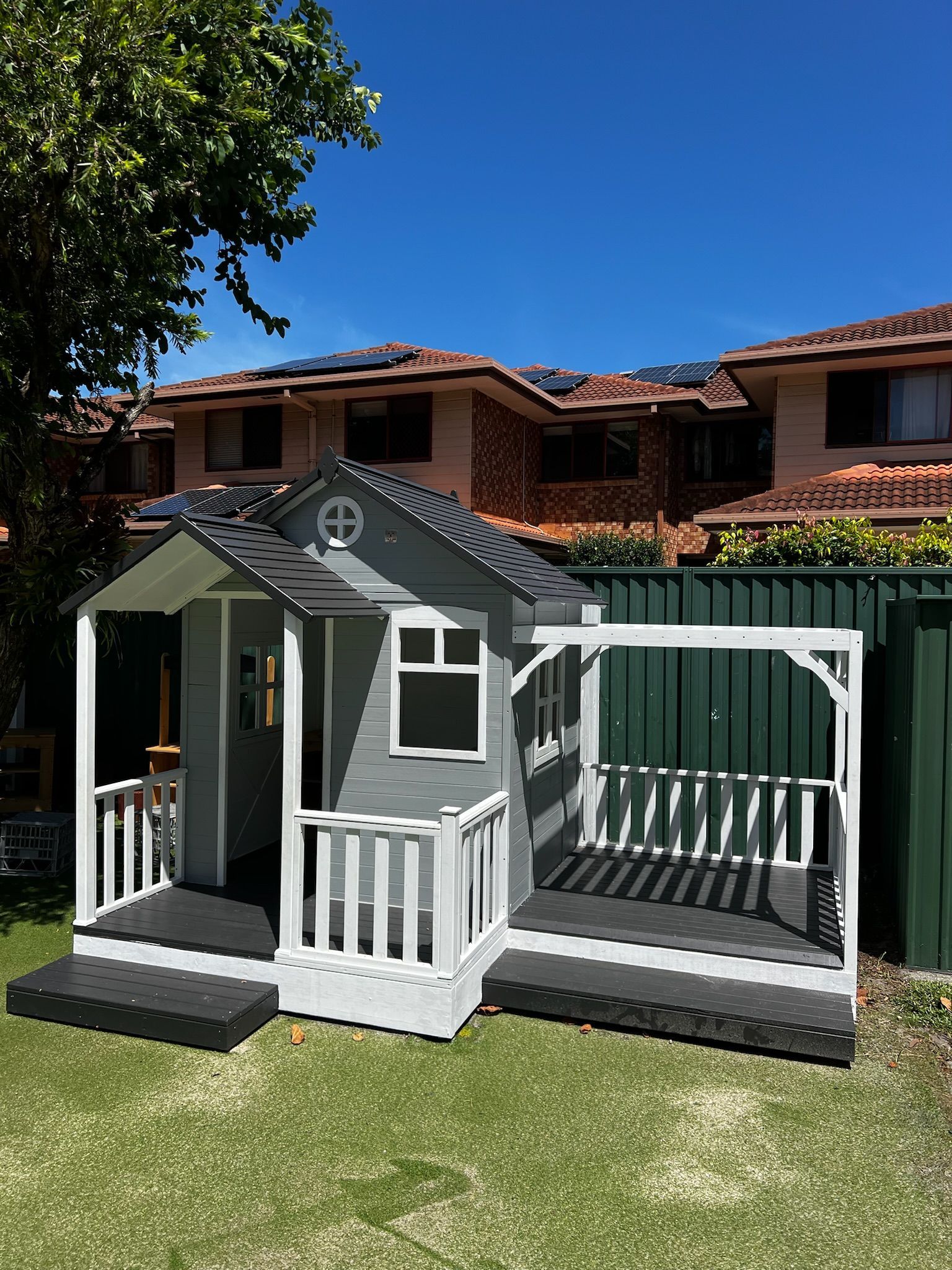
The Ultimate Commercial Building Maintenance Checklist: Tips, Ideas, and Solutions for a Smooth-Running Facility
Maintaining a commercial building is more than just keeping it clean—it’s about safeguarding your investment, ensuring safety, and fostering a productive environment for everyone who uses the space. Regular maintenance is essential for preventing costly repairs, improving energy efficiency, and boosting tenant satisfaction.
In this guide, we’ll share practical tips, a detailed maintenance checklist, and solutions to common challenges—all tailored to help you keep your commercial building in excellent condition.
Why Commercial Building Maintenance Is Essential
1. Reduce Long-Term Costs
Proactive maintenance is one of the most effective ways to minimise long-term expenses in a commercial building. Regular inspections and upkeep help identify potential issues before they become major problems, saving both time and money.
For example, a small roof leak left unattended can lead to significant water damage, requiring costly repairs. By addressing the issue early, you can prevent further damage and avoid disrupting your operations. Similarly, maintaining HVAC systems can improve energy efficiency, extend equipment lifespan, and reduce utility bills.
Investing in preventative maintenance not only protects your budget but also ensures your building remains safe, functional, and attractive for tenants and visitors.
2. Extend Building and Equipment Lifespan
Regular upkeep ensures that structural elements, air conditioning systems, plumbing, and electrical components remain in good working order, reducing the need for premature replacements.
3. Ensure Safety & Compliance
A well-maintained building adheres to local safety regulations, ensuring the safety of occupants and avoiding legal issues. In Queensland, compliance with Queensland’s safety standards is mandatory for avoiding penalties and ensuring smooth operations.
4. Enhance Energy Efficiency
Enhancing energy efficiency in a commercial building reduces operational costs and promotes sustainability. Simple steps like routine HVAC maintenance, upgrading to energy-efficient lighting, and ensuring proper insulation and seals can significantly lower energy use.
Regularly servicing equipment prevents waste, while measures such as installing motion sensors or timers in low-traffic areas minimise unnecessary energy consumption.
Conducting energy audits can also help identify inefficiencies, offering practical ways to save costs and improve the building’s performance. These efforts not only cut expenses but also create a more environmentally conscious and appealing space for tenants and visitors.
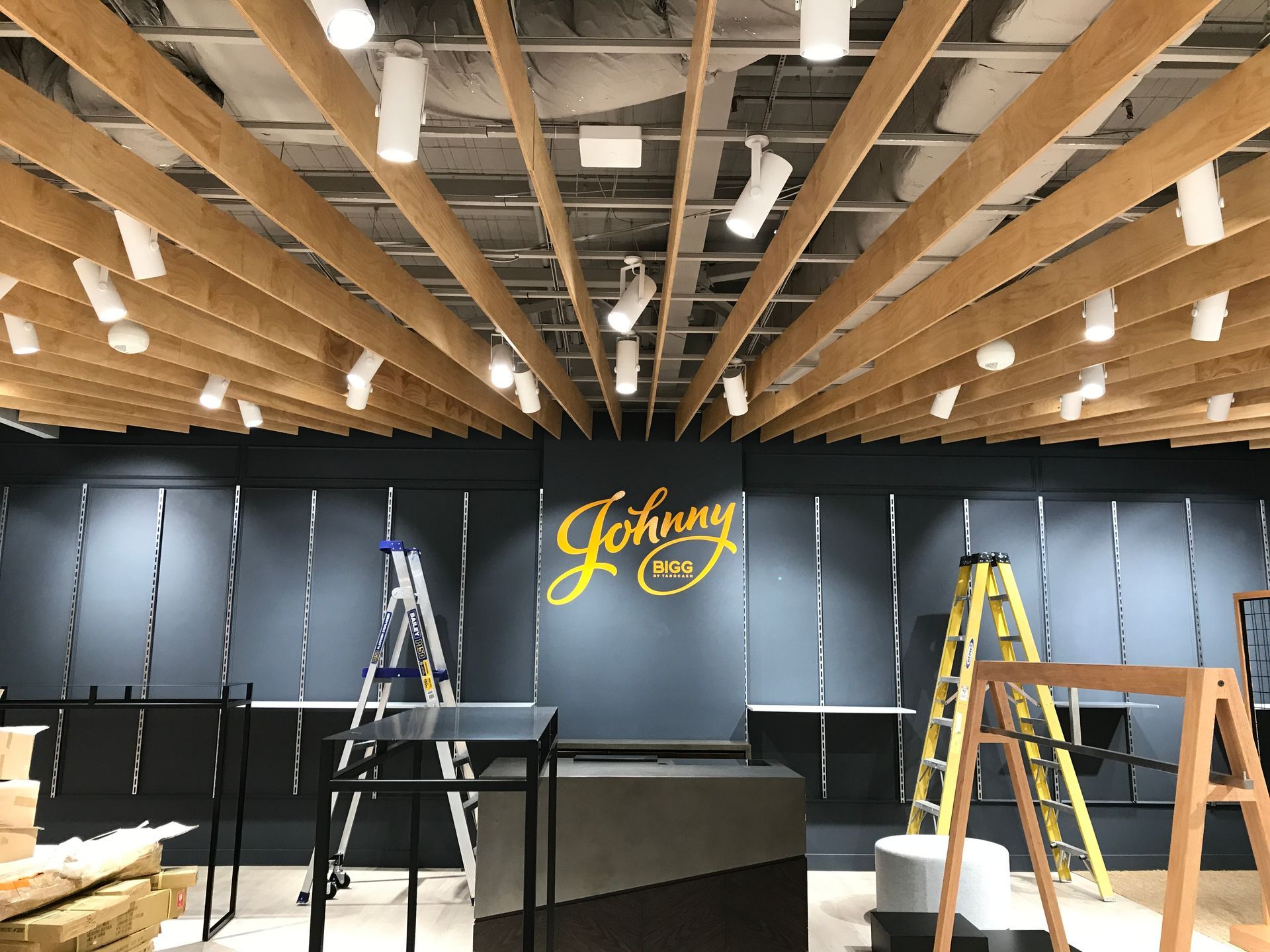
Key Areas of Focus in a Checklist for Commercial Building Inspection
1. Structural Integrity
Inspect for cracks, leaks, and signs of wear in walls, ceilings, and foundations. Regular inspections ensure that minor issues don’t compromise the building’s safety.
2. Air Conditioning Systems
Service heating, ventilation, and air conditioning systems regularly to improve air quality and energy efficiency. Replace filters and check for blockages to prevent breakdowns.
3. Plumbing
Monitor water pressure, check for leaks, and ensure proper drainage. Address minor issues promptly to avoid significant water damage.
4. Electrical Systems
Inspect lighting, electrical panels, and emergency systems regularly. Partner with licensed electricians for detailed checks and upgrades.
5. Safety Equipment
Test fire alarms, sprinklers, and emergency lighting systems routinely. Ensure evacuation plans are up-to-date and clearly displayed.
6. Exterior Maintenance
Inspect roofs, facades, and gutters for damage. Regular landscaping and facade cleaning improve the building’s curb appeal and prevent weather-related damage.
7. Interior Spaces
Maintain flooring, ceilings, and walls. Address tenant-specific maintenance needs to ensure satisfaction and comfort.
The Ultimate Commercial Building Maintenance Checklist
Daily Tasks:
- Clean common areas, including lobbies and restrooms.
- Conduct basic safety checks, such as ensuring fire exits are clear.
Weekly Tasks:
- Inspect lighting systems and replace faulty bulbs.
- Check for minor plumbing leaks or issues.
Monthly Tasks:
- Test fire alarms and emergency lighting systems.
- Replace air conditioning filters regularly to ensure efficiency.
- Schedule routine elevator maintenance to prevent unexpected issues.
Quarterly Tasks:
- Inspect roofs, clean gutters, and schedule pest control.
- Perform a drainage system check to prevent blockages.
Annual Tasks:
- Conduct a comprehensive building inspection.
- Perform a detailed review of air conditioning, electrical, and plumbing systems.
- Schedule facade cleaning and repainting, if necessary.
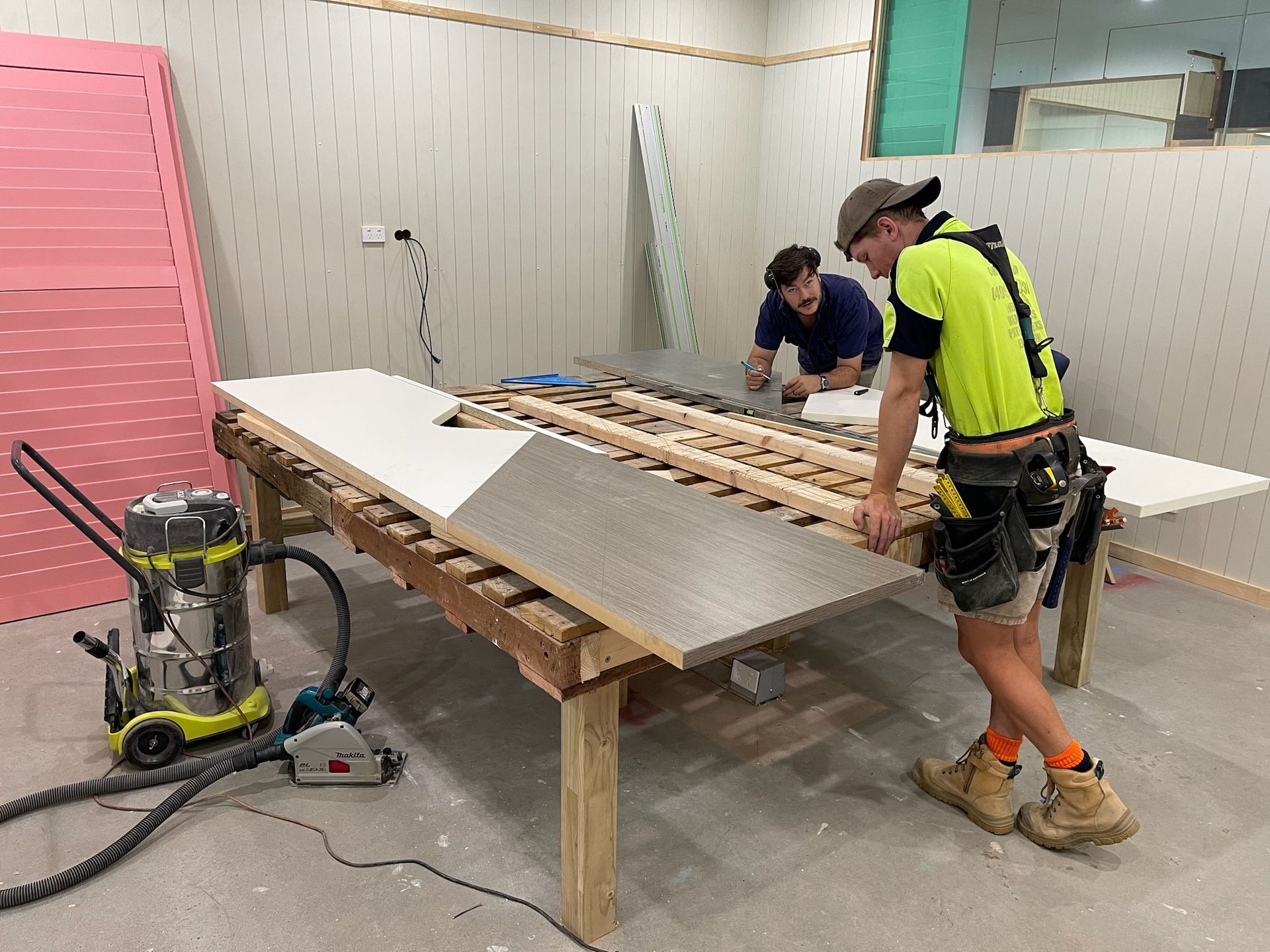
Common Problems in Commercial Building Maintenance (and How to Solve Them)
1. Air Conditioning Failures
Cause: Lack of regular servicing and dirty filters.
Solution: Schedule routine maintenance and filter replacements.
2. Water Damage and Leaks
Cause: Blocked gutters or poor waterproofing.
Solution: Regular roof inspections and timely gutter cleaning.
3. Electrical Issues
Cause: Aging systems or overloaded circuits.
Solution: Partner with licensed electricians for routine inspections and upgrades.
4. Pest Infestations
Cause: Unsealed entry points and poor sanitation.
Solution: Conduct regular pest control and seal entry points.
5. Exterior Deterioration
Cause: Weather exposure and inadequate maintenance.
Solution: Schedule routine inspections and repairs for roofing and facades.
How to Develop a Commercial Building Preventive Maintenance Checklist
1. Assess the Building’s Current Condition
Conduct a thorough inspection to identify existing issues and potential problem areas.
2. Set Priorities
Focus on critical systems like air conditioning, plumbing, and safety equipment. Address these first to prevent major disruptions.
3. Establish a Maintenance Schedule
Organise tasks by frequency—daily, weekly, monthly, and annually—to ensure nothing is overlooked.
4. Allocate a Budget
Proactive maintenance saves money in the long term by preventing costly emergencies. Allocate funds for both routine and unexpected repairs.
5. Partner with Experts
Work with professionals, like Laity Building, to ensure high-quality maintenance that complies with Queensland’s regulations and protect your business with a thorough commercial building maintenance checklist.
How Professional Maintenance Services Can HelP
Benefits of Outsourcing Maintenance:
- Expert Knowledge: Professionals have the expertise to identify and address issues effectively.
- Specialised Equipment: Access to advanced tools ensures faster and more precise repairs.
- Compliance Assurance: Stay aligned with safety and regulatory standards.
At
Laity Building, we provide customised solutions for commercial building maintenance in Brisbane and surrounding areas, ensuring your property remains safe, functional, and efficient year-round.
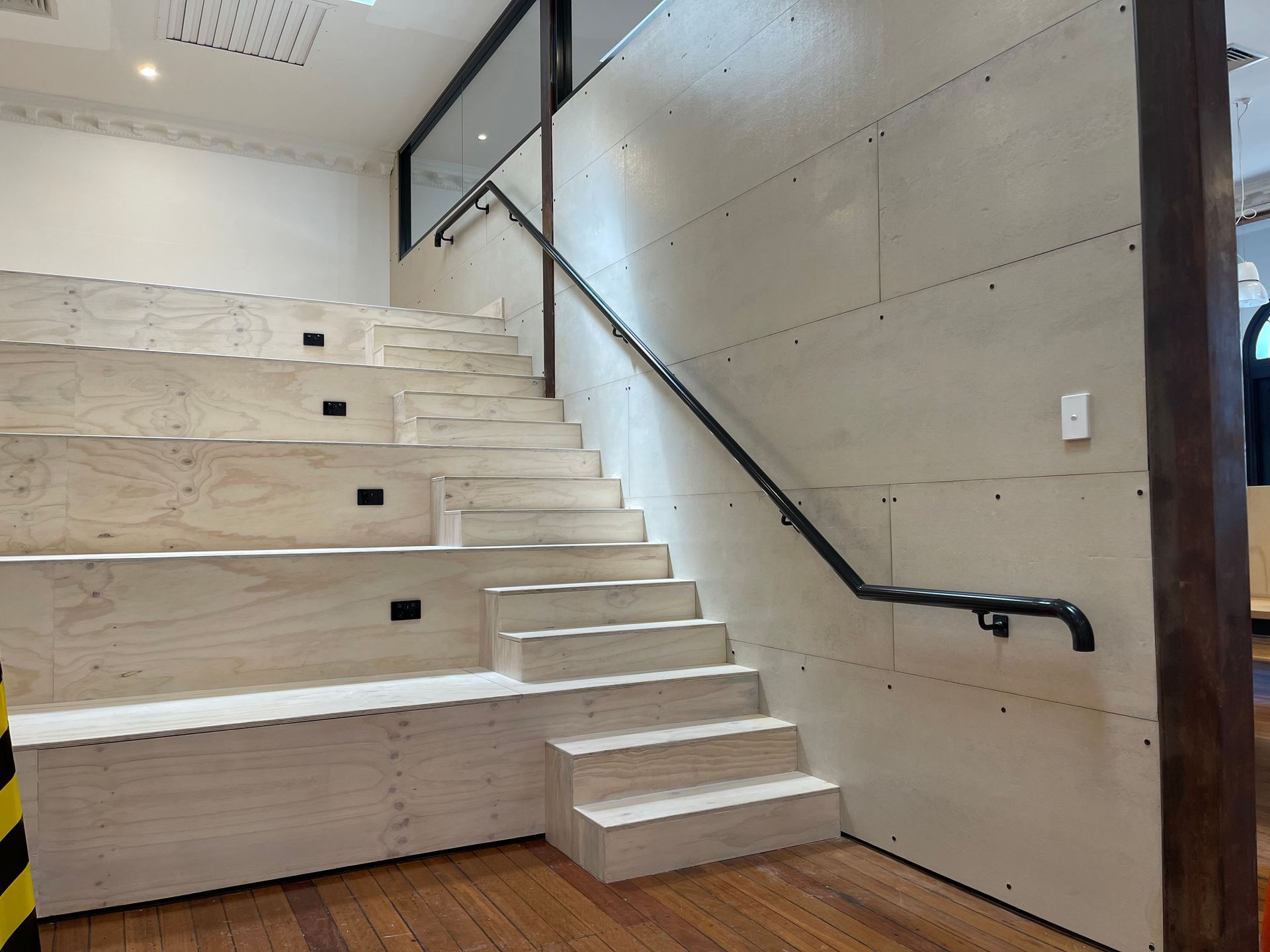
Final Tips for Maintaining a Commercial Building
- Keep a detailed maintenance log to track completed tasks.
- Conduct seasonal inspections to prepare for weather-related challenges.
- Engage tenants through regular surveys to identify hidden issues.
- Address small problems promptly to avoid expensive repairs later.
- Engage a qualified & licenced builder for regular inspections, maintenance items and the management of appropriate trade work
Contact Laity Building for Your Commercial Maintenance Needs
A well-maintained building isn’t just an investment—it’s a reflection of your professionalism and commitment to safety and efficiency. If you’re ready to take the stress out of maintaining your commercial building, our expert team at Laity Building is here to help.



